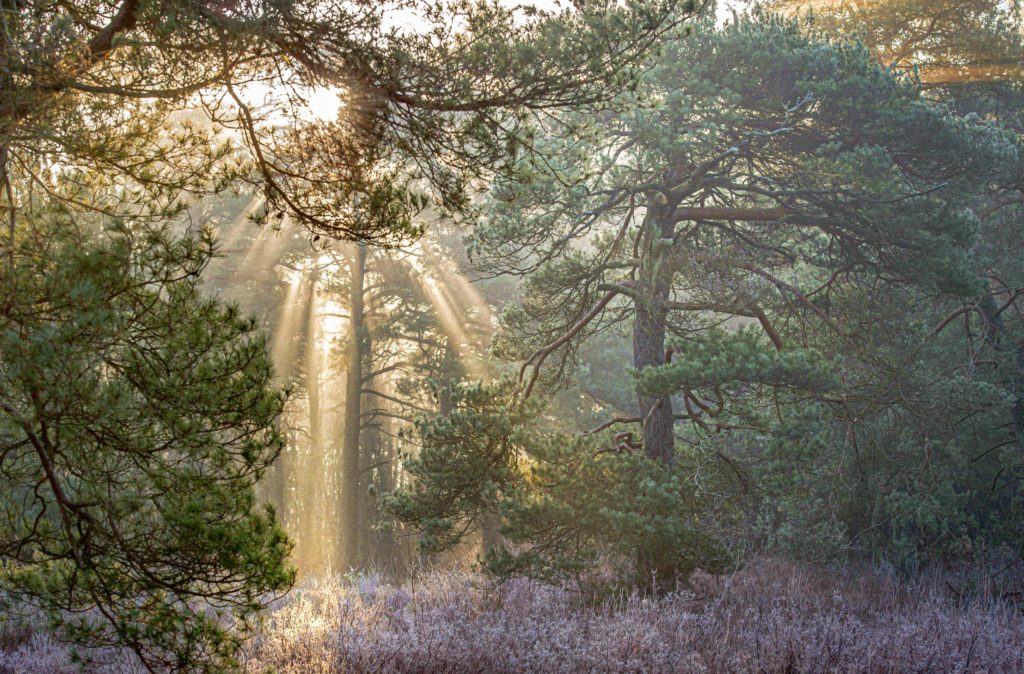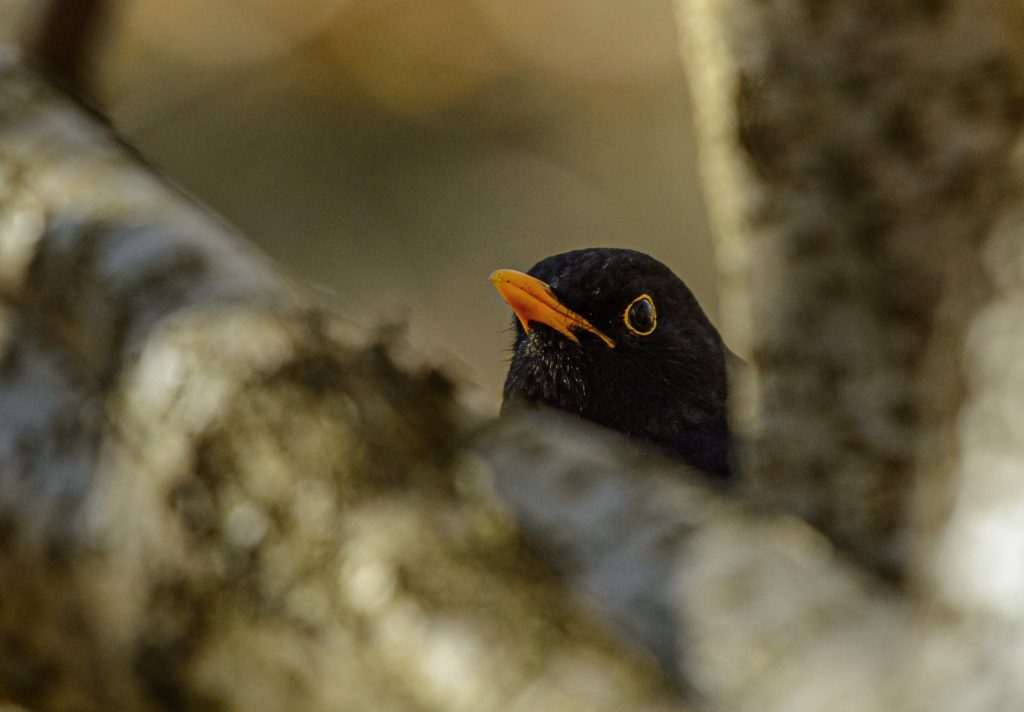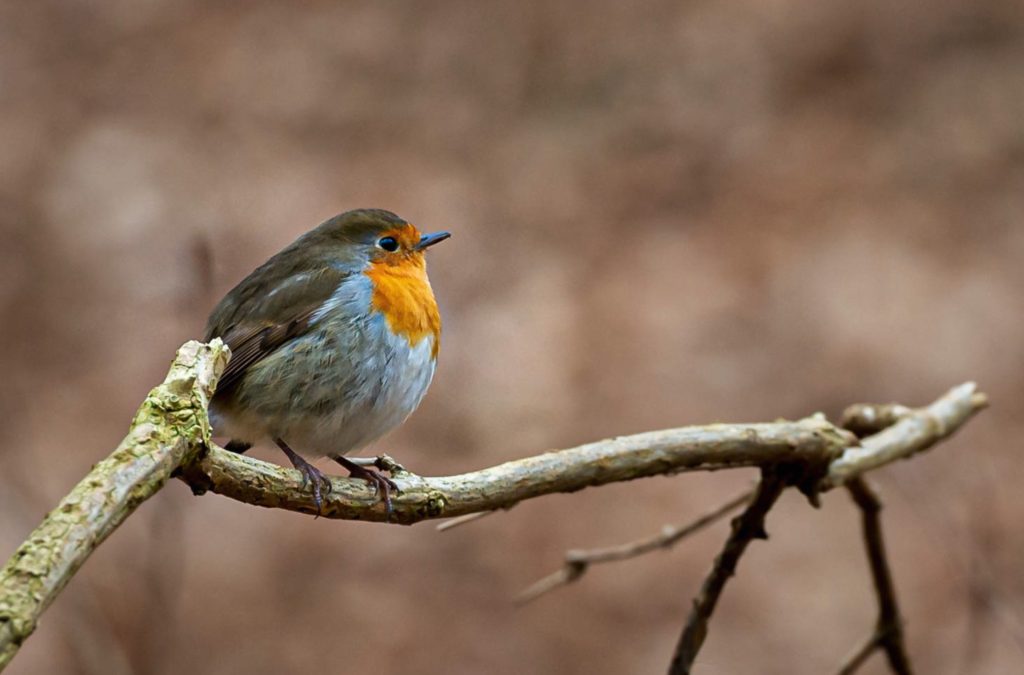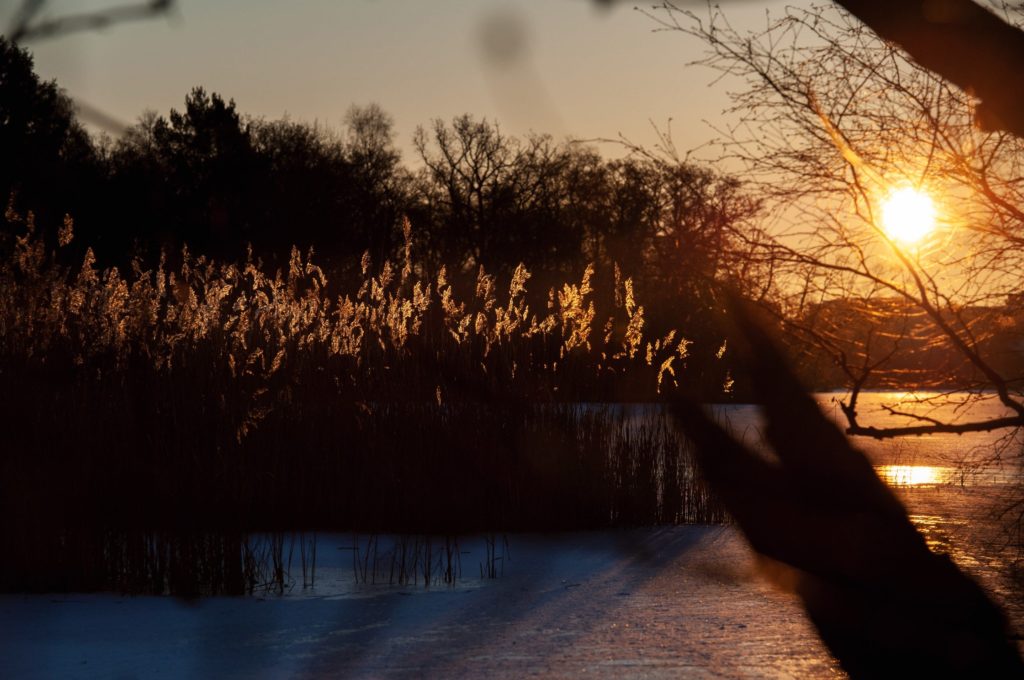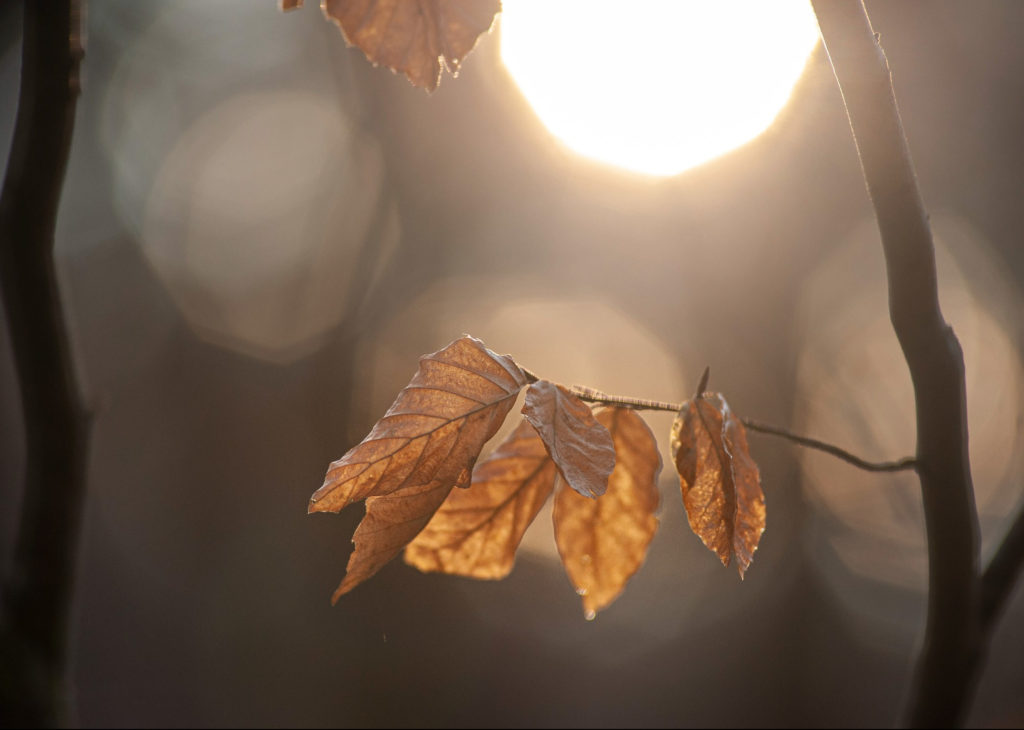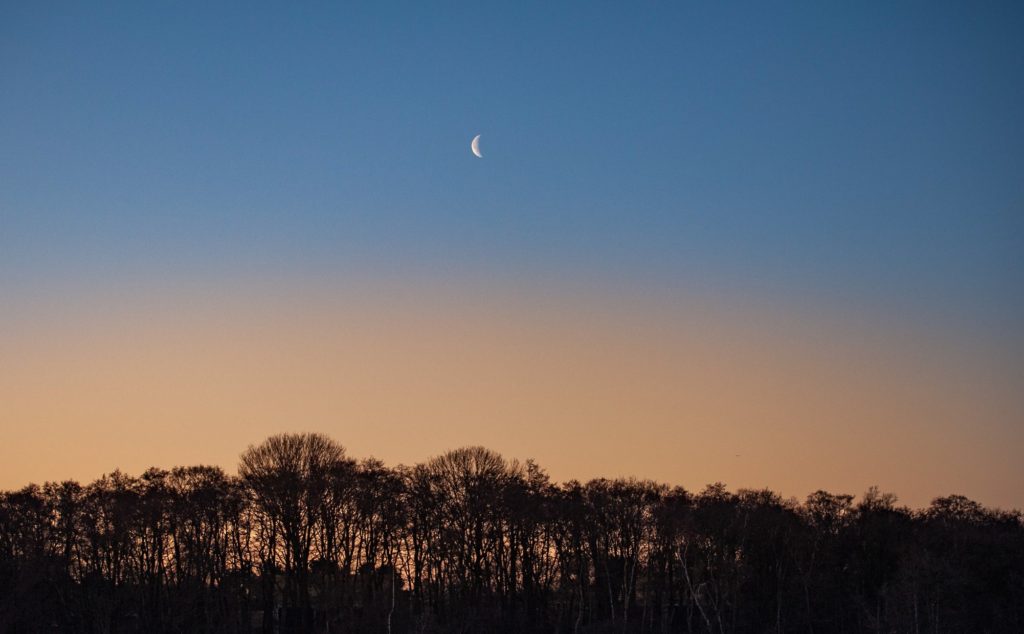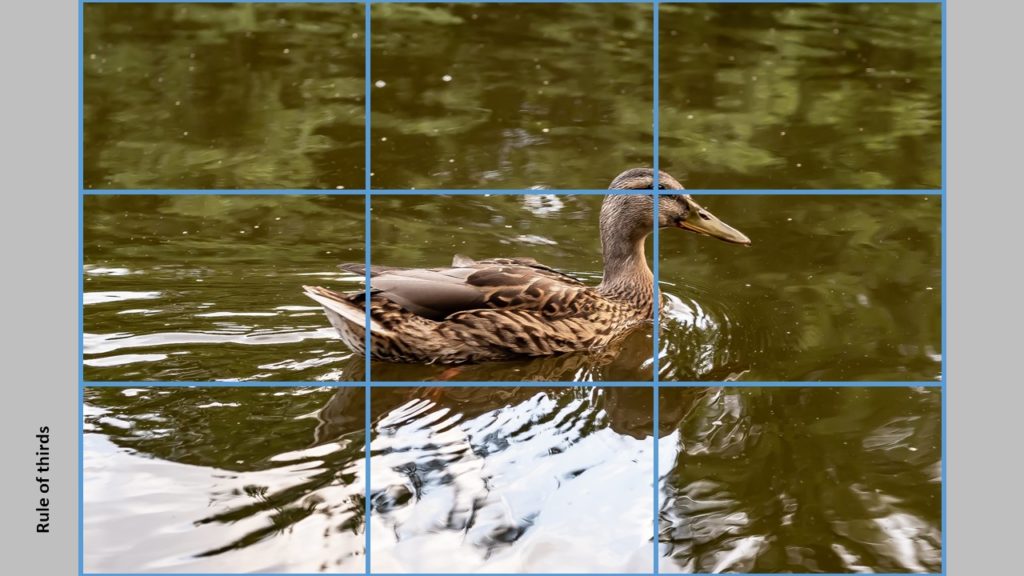Emotions
Colors and emotions go hand in hand like horse and carriage from that famous song by Frank Sinatra. And as such it can be used as a tool for your photography and the emotions you want to induce.
Think of a midsummer morning where the sun is just rising, filling the room you are in with warm light and long shadows. What colors do you think of? Probably yellow, orange and red. If I had asked you to think of a frosty windless winters morning, what colors would then spring to mind? Probably more cool blue or white. Filmmakers are exceptionally good at using colors to underline or emphasize a mood using colors – I often notice the color coding they use (and the music of course) to create a certain mood. In dystopian movies like Blade Runner the blue and brown colors are often dominating to underline the unsettling look into the future.
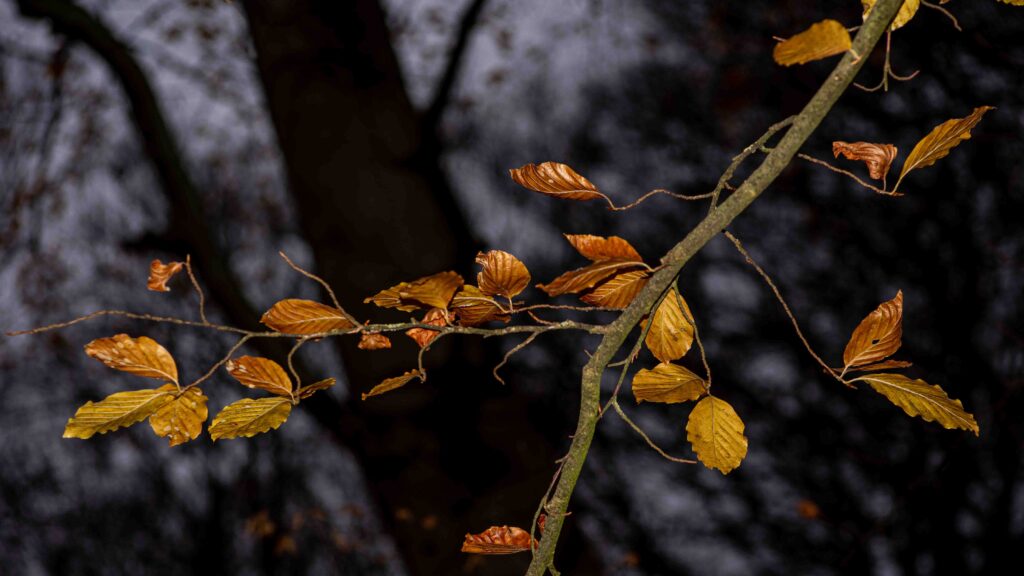
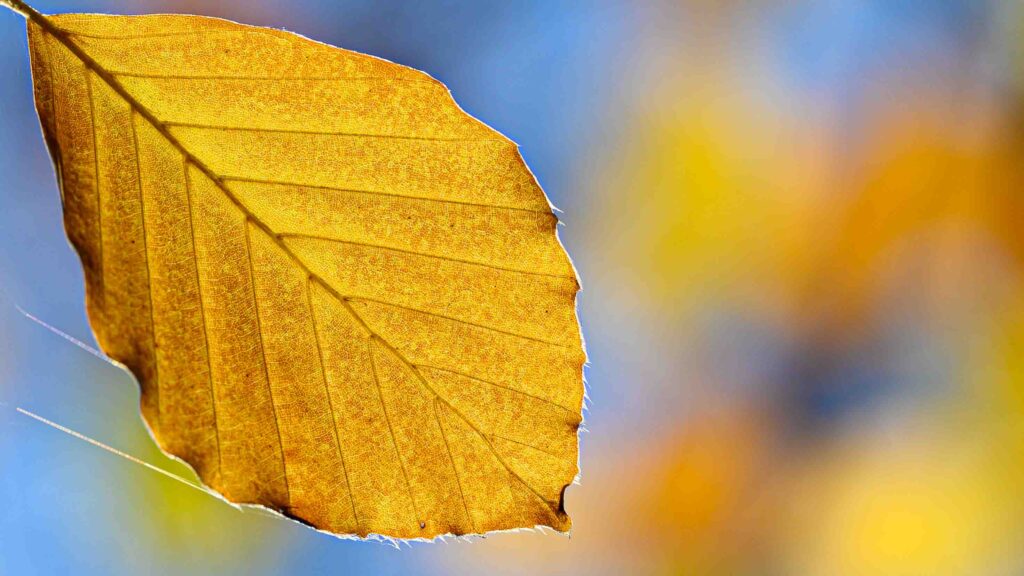
Colors not only induce emotions, but can also be used to create patterns and connect objects that would otherwise seem without relation.
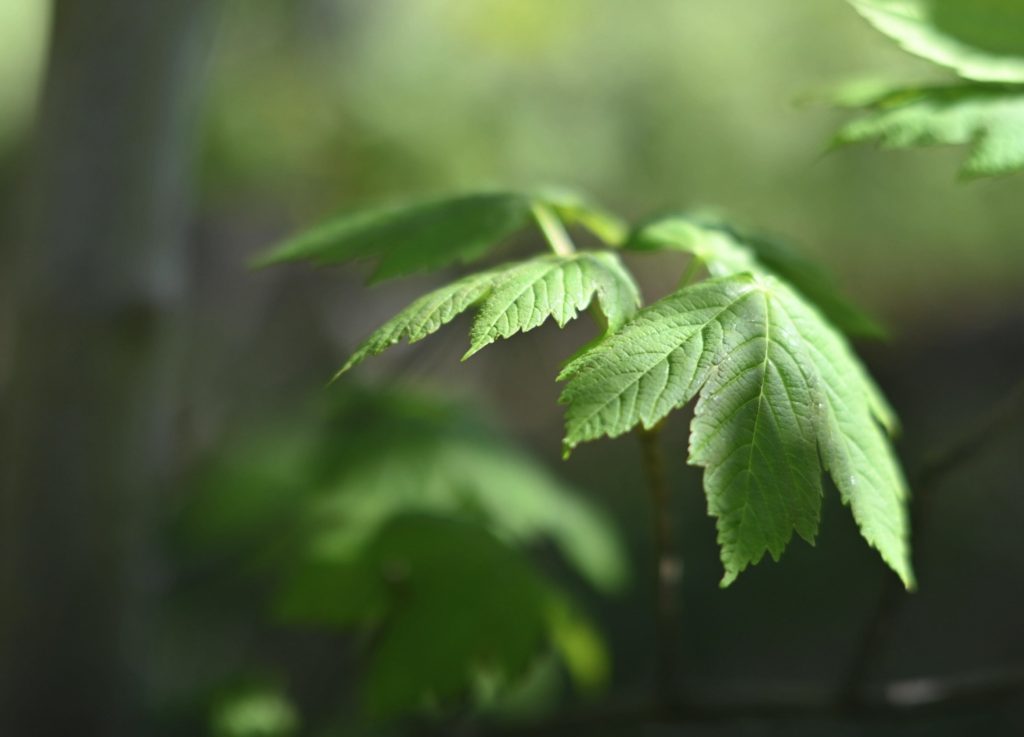
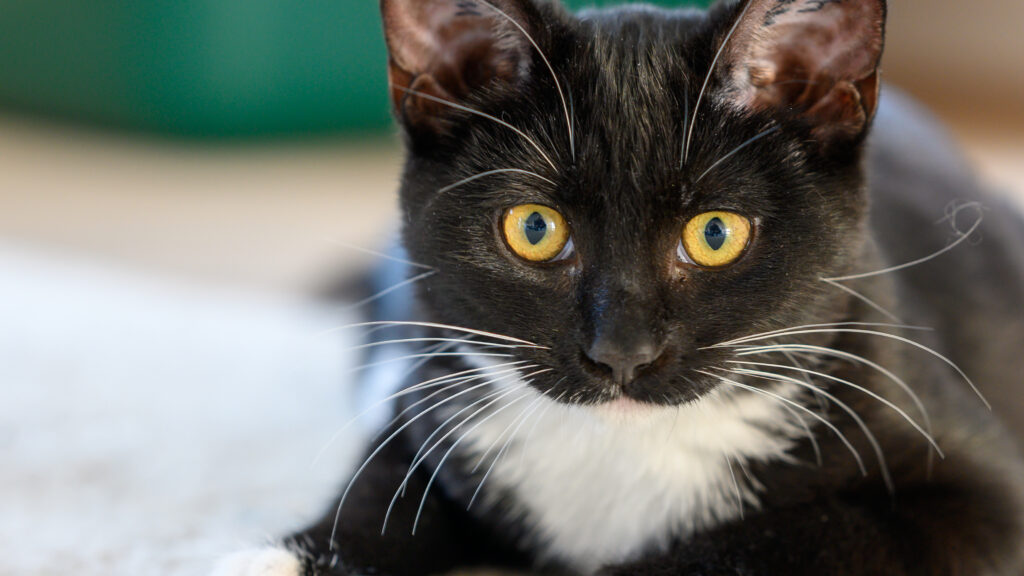
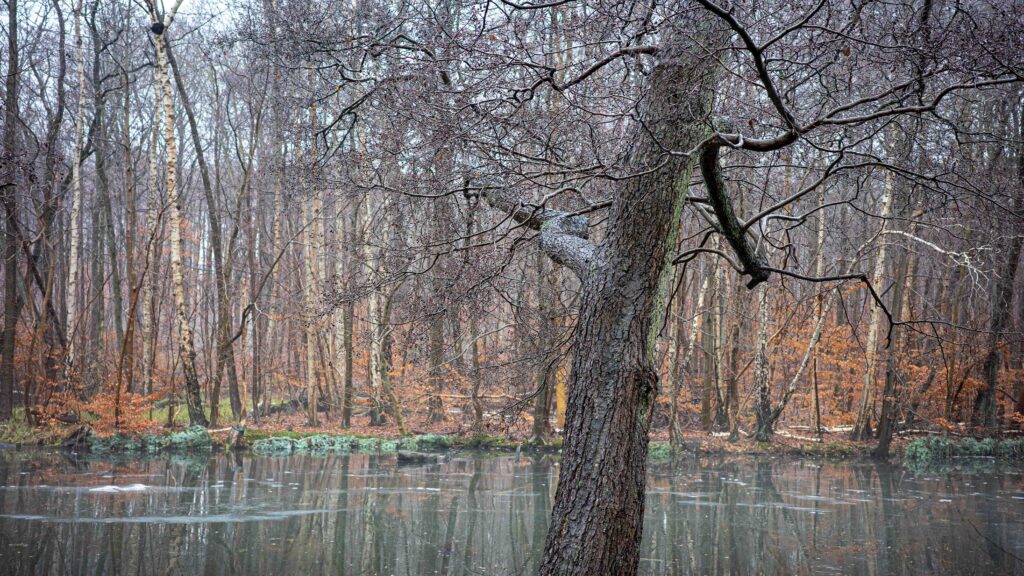
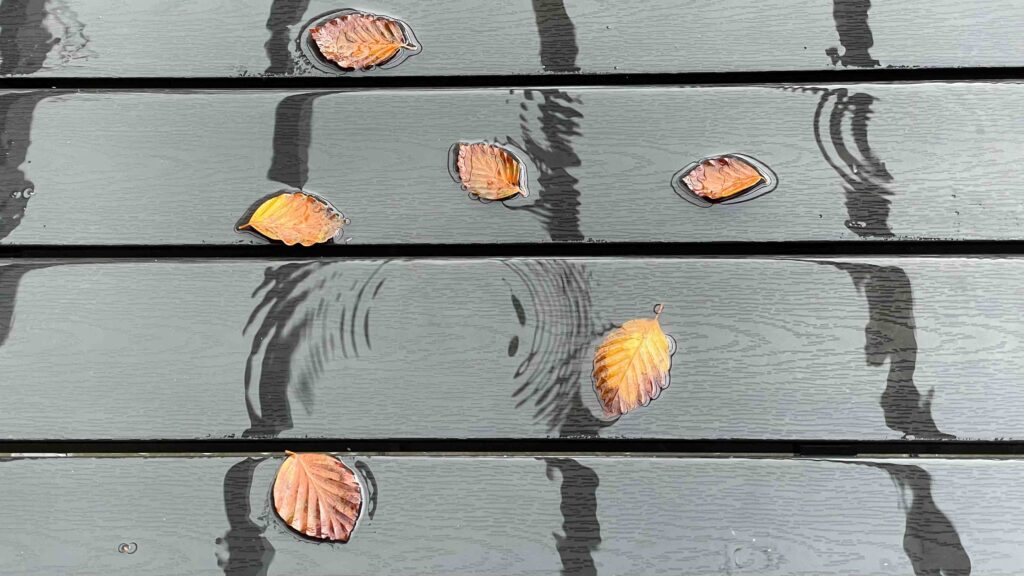
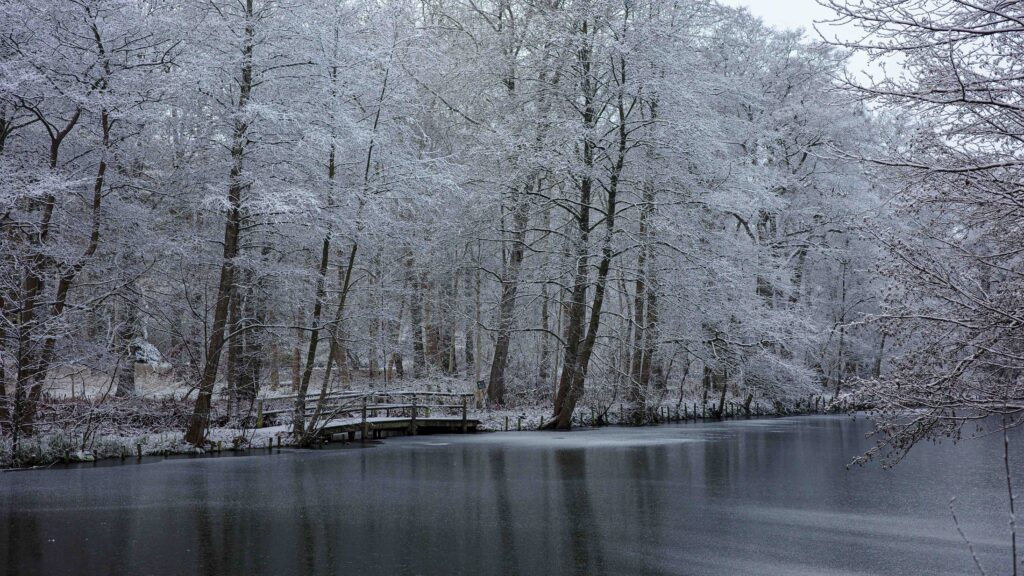
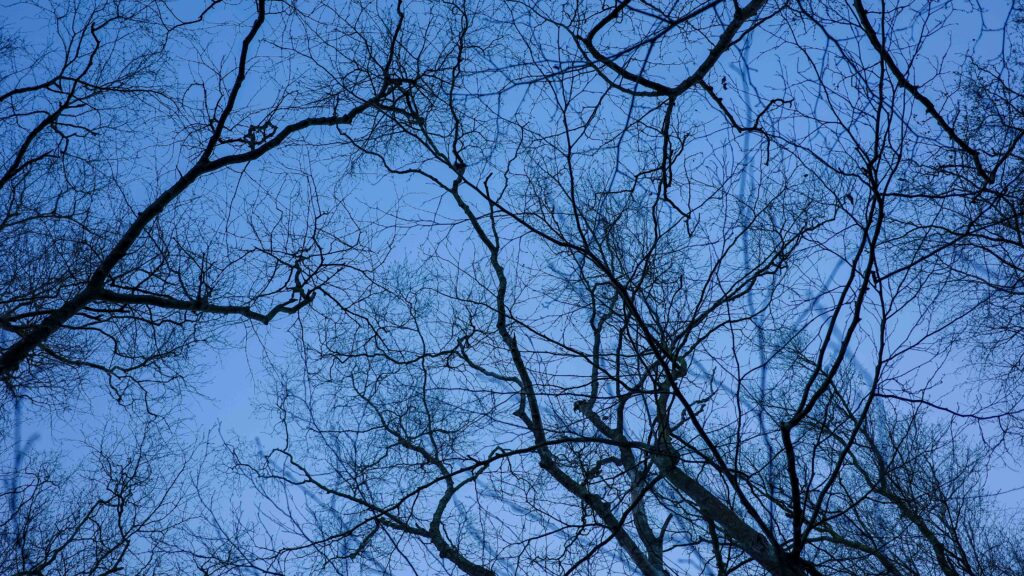
Next step
One way to study the effect of colors using your own reaction as guide, is simply to make both a color and black and white version of an image and see how the different versions work for you. You can also try to alter the colors in post processing and play with saturation, hue and brightness.
The point with this post is not that there is a right and a wrong when it comes to colors. If you learn how to use the colors to achieve a certain effect, then your images will have a much bigger impact. And of all the tools in the photographers toolbox (composition, exposure, etc), color is the strongest of them all.

